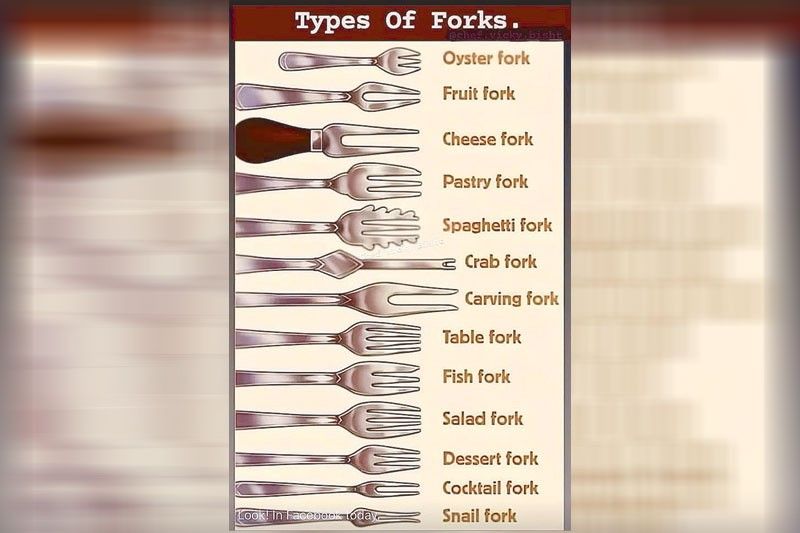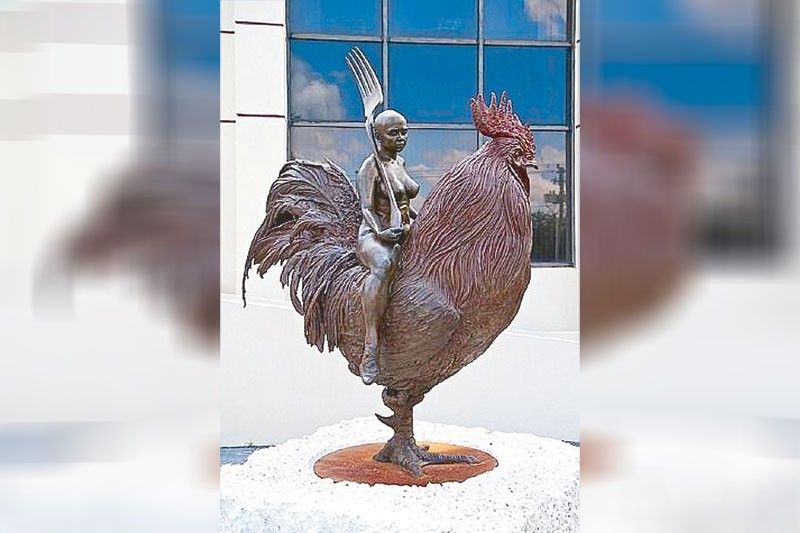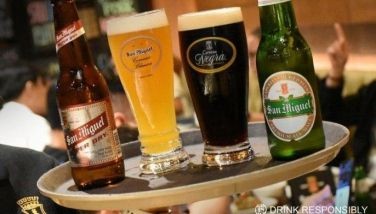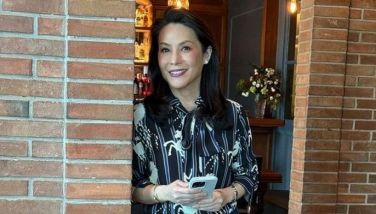Fork it up!


If you make a trip to Havana, Cuba, your city tour will include a walk around Calle Vieja (old street) and its wide plaza where the locals gather in convivial circles sipping cacique or mayabe local beer, native Havana Club rum, or mojito cocktails with lots of fresh mint.
You can’t miss this bronze sculpture called “Viaje Fantastico” by Cuban artist Roberto Fabelo showing a bald, naked woman holding a giant fork sitting on a fearless, thickly plumed rooster.
“Why is she naked but wearing closed shoes and what is the meaning of the giant fork?” I asked.
The guide replied, “The shapely rider is not ashamed to show her body to all passersby. Looking self-assured on top of the rooster symbolizes her dominance over men, taming them with her charms and using the fork to cook up a storm. She’s cool and composed, ready to leave anytime she wants. Thus, the closed shoes.”
That was just one interpretation. Many more followed, more risqué and off-color than the other.
Throughout history, the fork has stood as a symbol that goes beyond the dining table although there have been different types of forks designed for every kind of foodie — oyster fork, lobster fork, salad fork, terrapin (small turtle) fork, berry fork, lettuce fork, sardine fork, pickle fork, fish fork, and for the sweet tooth, pastry fork.
The fork is a symbol of choice and the power that individuals hold over their own lives.
Take that expression, ”a fork in the road.” By definition, it means a junction in which one road becomes two separate, opposing roads. Literally, you have reached a crossroad. It forces you to stop, to think, to ask, and to analyze, “Which way should I go?” It is always a tough choice. You’ve reached a point where you are made to choose between two possibilities. You are being urged to think deeper, draw a graph if you must and recognize the value and the importance of choosing the right path with its pros and cons.
In the musical, The Phantom of the Opera, the soprano Christine Daaé casts caution to the winds when she declares that she has reached a point of no return and her mind is set. No more hesitations, no more backward glances and no more turning back despite the perceived danger and other risks involved. If that were written in Tagalog, Christine would have said, “Basta! Nakapag desisyon na ako.”

Early on, you learn that the world is not short of opportunities. You hold the ace, in fact, because being optimistic and unattached, no one is making any demands on you except maybe your elders who only wish for you to reach your full potential, if not the fulfillment of all your dreams. You haven’t racked up any excess baggage (i.e., responsibilities) that could slow or weigh you down. Being young and single carries a lot of premium.
What is the right path to take? That is where the art of discernment comes into play. Do you use your intuition? Which is better? Logic or emotions? What virtues and values can guide you towards the best path in order to achieve success and reach maturity?
Be aware, however, that you will not always be right nor come out the winner. You will make mistakes that may come at a price. Take courage. However hurt, disappointed and bruised you are, there is a lesson to learn. Have the guts to go past your failures and start again. You don’t count regrets.
The fork has also been used in other quotes or figures of speech lending humor and amusement:
• Don’t fear a knife, but fear a fork — because one stab can make four holes!
• Italians only use their fork to eat spaghetti.
• Why is the fork brutal to an egg? You “beat” and “whip” the egg with it.
• “Stick a fork in me.”It means that someone or something is finished or complete and no longer able to continue. It stems from the practice of testing how thoroughly a piece of meat is cooked by piercing it with a fork. In other words, when the fork comes clean, the meat is cooked — and so are you.
One life coach said that there are many situations in life that may push you to throw up your hands and say, “I’ve had enough! I’m done!” It takes courage to continue, especially if the act or the person in question is toxic. A good friend got the shock of her life when her fiancé turned out to be a monster. On their honeymoon night, he lashed out at her, beat her to a pulp and might have killed her if she hadn’t managed to escape. He is now serving 67 years in jail!

Other fork occurrences:
Napkin art. In the art of napkin folding, you twirl the fork in the center of the napkin — like spaghetti — until you have formed a thick ruffle ball; turn it upside down and the napkin will (with practice) take the shape of a rose.
Back scratcher. Ahh… can’t reach that itch on your back? Grab a salad fork but be careful not to scratch too hard and break your skin.
The symbol of surety. There is the story of a young woman who was dying. Her last wish was to be buried holding a fork. To her, the fork was a symbol that something better was coming. She explained, “When the table has been cleared except for the dessert fork, wouldn’t this put a smile on your face knowing that you’re in for something special (to go with coffee or tea)? You salivate thinking of what’s the pièce de resistance. Could it be the millionaire’s pie, dream whip pie, heaven on earth pie or even the long-time local favorites, bico and tibuk-tibuk? Something wonderful is coming and the fork is the best cutlery to dig heartily into it.
Feasting on what the fork might represent, this young woman had a better grasp of what heaven might be like. She knew that something better was coming — intensely, wonderfully and tremendously full of joy and contentment.
Remember West Side Story? The opening song begins with feelings of uncertainty coupled with anticipation:
“I got a feeling there’s a miracle due, gonna come true, coming to me! Could it be? Yes, it could, something coming, something good, the air is humming and something great is coming!”
So the next time you reach for a fork, may it remind you that the best is yet to come. It is a superlatively good omen, persisting across time and eternity.
Fork it up, everyone!



















